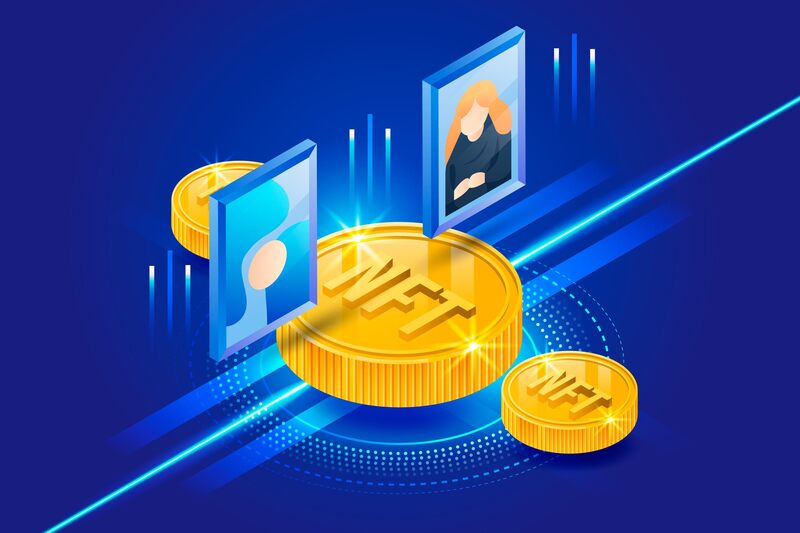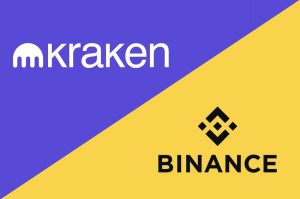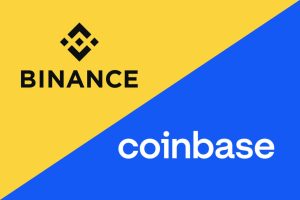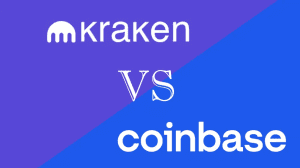What Are NFTs? How Do They Work? – Beginner’s Guide

Non-Fungible Tokens (NFTs) have emerged as a groundbreaking innovation, revolutionizing the art world and reshaping various industries.
In this article, we will dive into the world of NFTs, unraveling what they are, how they work, and their meteoric rise to popularity. Additionally, we will analyze their impact, discuss their advantages and disadvantages, examine their role in the future of art, and explore the intricate relationship between digital and traditional art forms.
And we cover everything in simple English and no technical jargon – the perfect guide for beginners.
NFTs Full Guide Summarized
Get everything you need to know in short:
- NFTs are unique digital assets on the blockchain representing ownership of specific items or artworks.
- They gained popularity due to digital scarcity, empowering artists to reach global audiences, ensuring authenticity, and attracting celebrity endorsements.
- NFTs positively impact the art world by empowering artists with creative freedom, earning potential, and promoting inclusivity for emerging artists.
- However, they face challenges, including environmental concerns and market volatility.
- NFTs are shaping the future of art by elevating digital art, fostering global accessibility, and creating new art forms.
What Are NFTs?
Non-Fungible Tokens (NFTs) are distinct digital assets that utilize blockchain technology to represent ownership of a specific item, artwork, or collectible. Unlike Bitcoin, Ethereum, and other interchangeable cryptos, which have equal value, they are unique and cannot be replicated or exchanged. Each token has its characteristics, making it inseparable and irreplaceable.
How NFTs Work
The foundation of NFTs lies in blockchain technology, which guarantees transparent and secure ownership records. To create and manage these digital assets, you need a smart contract. The latter is a self-executing contract with predefined terms that automate transactions only by completing certain conditions.
Moreover, smart contracts enable creators to embed specific terms, such as royalty percentages, into NFTs, ensuring they receive compensation even after the initial sale.
The Rise of NFTs and Their Popularity
NFTs witnessed a tremendous surge in popularity due to several factors.
Firstly, they introduced the concept of digital scarcity, allowing artists to create limited editions of their digital works. Therefore, it instilled in NFTs a sense of rarity and exclusivity, which drives demand and value.
Secondly, they empower artists to showcase and monetize their digital creations directly to a global audience, bypassing traditional gatekeepers and intermediaries. As a result, artists now have unprecedented control and ownership over creative output.
Moreover, blockchain technology ensures the authenticity and provenance of NFTs. It solves long-standing challenges in the art world regarding art forgery and provenance tracking. Hence, artists can now provide verifiable records of ownership, assuring collectors of the authenticity and uniqueness of the digital art they own.
Additionally, celebrity endorsements and the embrace of NFTs by high-profile artists, musicians, and celebrities have generated significant media attention. The seal of approval catapulted them into the mainstream spotlight and helped it attract interest from art enthusiasts and investors alike.
Impact of NFTs
NFTs profoundly affect the art world and beyond, both positively and negatively.
Pros
- Empowering artists: NFTs enable artists to take control of their creative output, allowing them to monetize their work directly without relying on art galleries or agents.
- New revenue streams: They offer artists the opportunity to earn royalties from secondary sales, providing a continuous source of income as the value of their art appreciates.
- Democratizing art: NFTs opened doors for emerging and underrepresented artists, creating a more inclusive and diverse art ecosystem.
- Technological advancements: NFT development pushed the boundaries of blockchain technology and smart contracts, fostering innovation across various industries.
Cons
- Environmental concerns: The energy-intensive nature of blockchain operations, particularly in Proof-of-Work networks, has raised environmental concerns about the carbon footprint of NFTs.
- Market volatility: The NFT market can be highly volatile, with prices experiencing significant fluctuations over short periods, which may pose risks to investors and artists alike.
- Copyright and plagiarism: The digital nature of NFTs has raised concerns about copyright infringement and the unauthorized replication of digital art.
NFTs and the Future of Art
Looking ahead, NFTs look set to play a transformative role in shaping the future of art, pushing the boundaries of creative expression, and democratizing the art world like never before.
One of their most significant impacts is the ascendance of digital art to newfound prominence. By providing a platform for digital artists to showcase their creations, NFTs challenge the traditional notions of art. This newfound recognition opens up exciting possibilities to explore innovative and interactive art forms previously limited by traditional mediums.
Moreover, Non-Fungible Tokens offer artists a unique opportunity for global accessibility. Artists can reach audiences worldwide without geographic constraints with their art tokenized on the blockchain. As a result, art enthusiasts worldwide can connect and appreciate diverse perspectives, leading to a richer and more interconnected art community.
Furthermore, NFTs paved the way for entirely new art forms that combine technology, interactivity, and creativity. Artists are increasingly exploring the possibilities of augmented reality (AR), virtual reality (VR), and other immersive technologies. And The result is a dynamic and constantly evolving landscape that challenges conventional norms and shapes the future of artistic expression.
Digital vs. Traditional Art
Non-Fungible Tokens sparked discussions about the distinctions and coexistence of digital and traditional art:
- Tangibility: Traditional art offers a tangible and tactile experience, while digital art provides an immersive and interactive encounter through screens and devices.
- Preservation: Traditional art necessitates physical protection and conservation efforts, whereas NFTs ensure permanence through blockchain immutability.
- Ownership: Traditional art involves physical possession. Meanwhile, NFTs grant digital ownership and verifiable origin.
FAQs
If you have more questions about NFTs, you’ll find more information below.
How can I create an NFT?
Creating an NFT involves minting it on supported blockchain platforms like Ethereum-based marketplaces like OpenSea or Rarible. The process typically requires connecting a compatible cryptocurrency wallet and uploading the digital artwork. Once you create it, it gets a unique identifier on the blockchain, representing its ownership and authenticity.
Can NFTs represent assets other than digital art?
Yes, NFTs can represent various digital assets beyond digital art. While NFTs are commonly associated with digital artworks, they have expanded their reach into other realms. That includes music tracks, videos, virtual real estate in virtual worlds, digital collectibles in games, domain names, virtual fashion items, and even ownership of physical assets like real estate or rare collectible items.
Are NFTs a long-term investment?
NFTs, like any investment, carry inherent risks and uncertainties, and their long-term prospects can vary significantly depending on various factors. While some digital assets have appreciated significantly in value, it is essential to remember that the market can be highly speculative and subject to fluctuations. When considering NFTs as an investment, it is crucial to conduct thorough research, assess the asset’s underlying value, and carefully evaluate one’s risk tolerance.
Can I resell or transfer NFTs?
Yes, one of the unique features of NFTs is that users can resell or transfer them to other individuals. Once you own one, you can sell it on various NFT marketplaces or transfer it to another person’s cryptocurrency wallet. Reselling an NFT means the original creator will often receive a royalty percentage from the resale price, which is embedded in the smart contract.
Are NFTs exclusively bought with cryptocurrencies?
While many NFT transactions require using cryptocurrencies like Ethereum, some marketplaces accept traditional fiat currencies like USD or EUR. However, most marketplaces primarily operate on blockchain networks, requiring users to interact with the platform with a compatible cryptocurrency wallet.
Concluding the NFT Guide
NFTs have unlocked a new dimension of creativity and ownership, revolutionizing the art world and beyond. Empowering artists, fostering accessibility, and driving innovation, NFTs are reshaping the future of art, offering new opportunities and challenges for artists, collectors, and enthusiasts alike. As this revolution unfolds, these digital assets continue to influence the art world in ways we are only beginning to explore.





